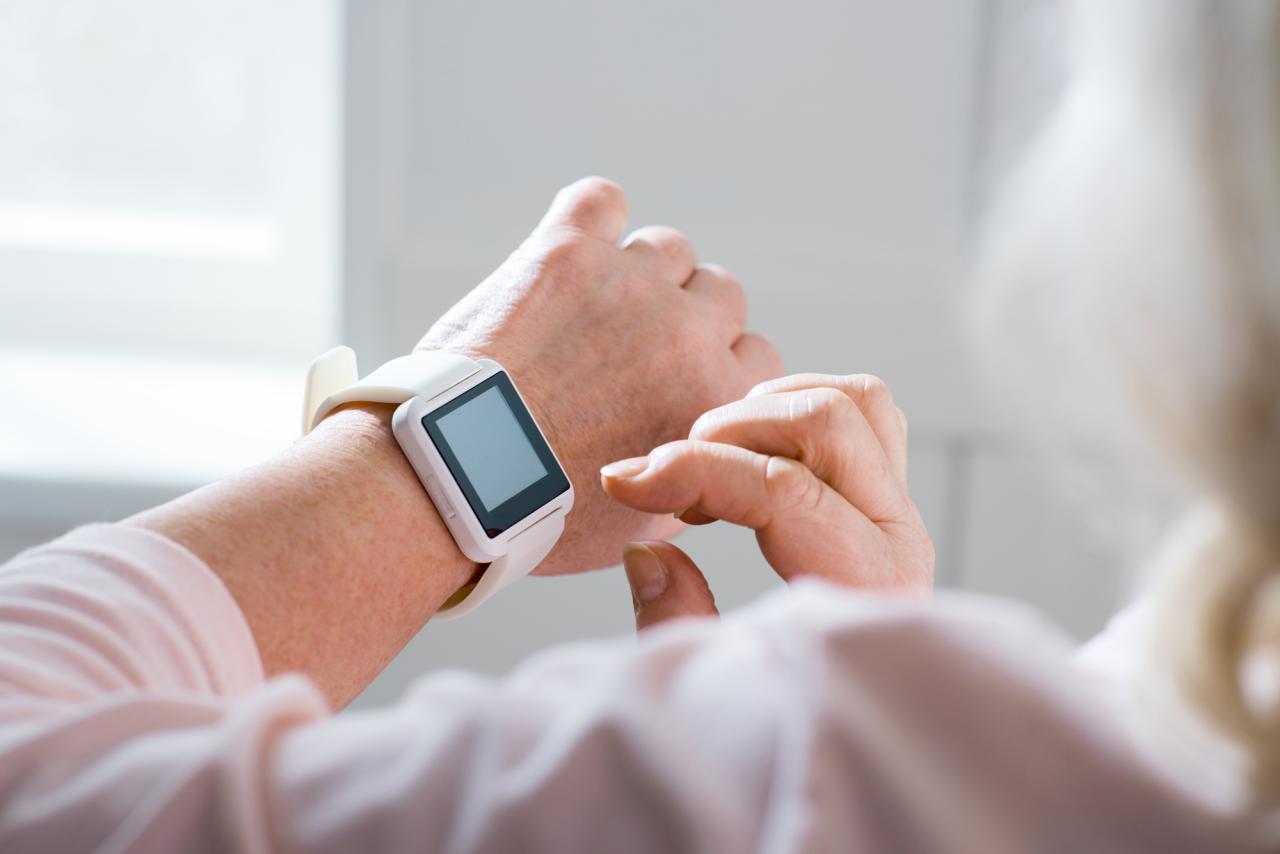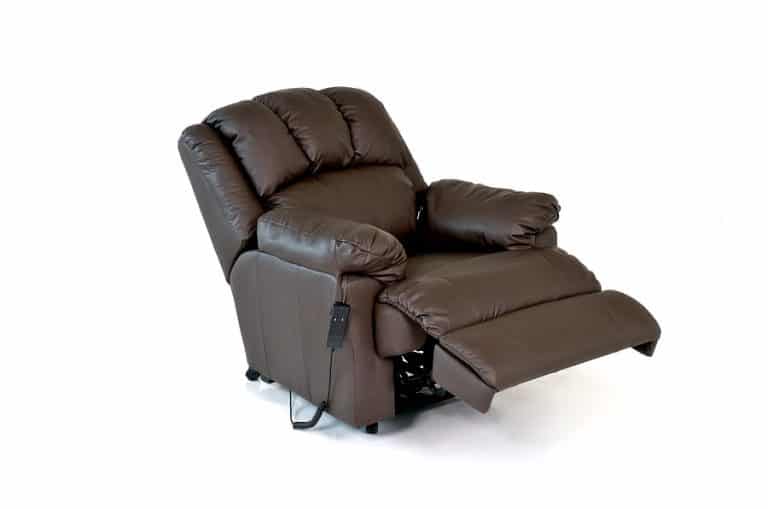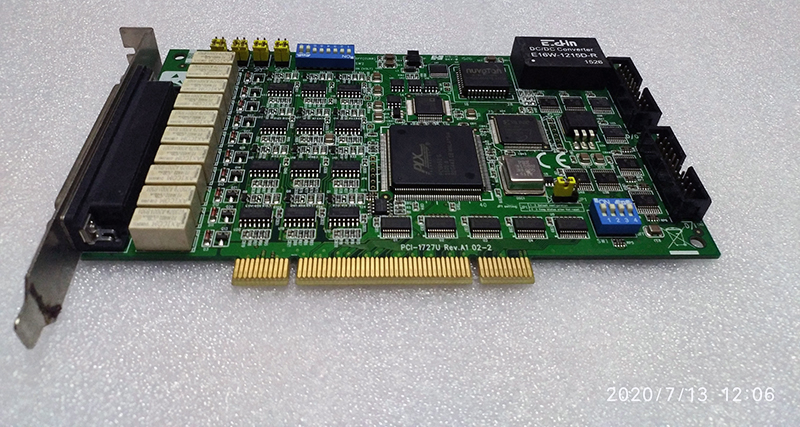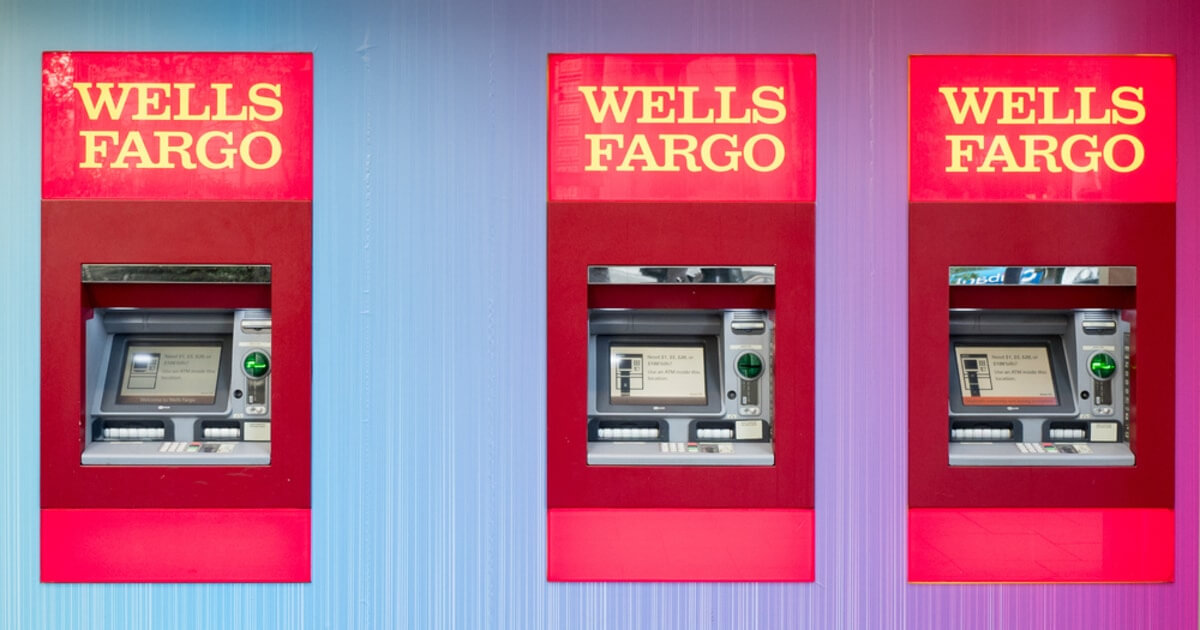Wearable Technology for Seniors: Enhancing Lives
Wearable technology for seniors is revolutionizing the way we care for and support our aging population. From health monitoring to safety enhancements, these innovative devices are empowering seniors to live […]

Wearable technology for seniors is revolutionizing the way we care for and support our aging population. From health monitoring to safety enhancements, these innovative devices are empowering seniors to live healthier, more independent, and fulfilling lives.
The benefits of wearable technology for seniors are numerous. They can monitor vital signs, detect falls, provide emergency alerts, and even offer cognitive support. However, challenges exist, such as privacy concerns, affordability, and the need for user-friendly interfaces. As technology continues to advance, the future of wearable technology for seniors holds immense potential for improving their well-being and quality of life.
Health and Wellness Monitoring
Wearable technology has emerged as a powerful tool for seniors to monitor their health and well-being, empowering them to take proactive steps towards a healthier lifestyle. These devices, often in the form of smartwatches, fitness trackers, or even clothing, can seamlessly integrate into daily routines, providing valuable insights into vital signs and overall health.
Monitoring Vital Signs, Wearable technology for seniors
Wearable devices equipped with sensors can continuously track vital signs such as heart rate, blood pressure, and oxygen levels. This real-time data can provide valuable insights into an individual’s health status and help identify potential health issues early on.
- Heart Rate Monitors: These devices use optical sensors to measure heart rate variability, which can indicate cardiovascular health and stress levels. For example, a smartwatch with a heart rate monitor can alert a senior if their heart rate becomes abnormally high or low, prompting them to seek medical attention if necessary.
- Blood Pressure Monitors: Wearable blood pressure monitors can track blood pressure readings throughout the day, providing a comprehensive picture of blood pressure fluctuations. This data can help seniors manage hypertension and make informed decisions about their medication or lifestyle changes.
- Oxygen Level Monitors: Wearable devices with pulse oximeters can measure blood oxygen saturation levels, which are essential for respiratory health. These devices can alert seniors if their oxygen levels drop below a certain threshold, indicating potential respiratory problems.
Managing Chronic Conditions
Wearable technology can play a significant role in helping seniors manage chronic conditions such as diabetes, heart disease, and arthritis. By providing continuous monitoring and personalized insights, these devices can empower seniors to take an active role in their health management.
- Diabetes Management: Smartwatches and fitness trackers can monitor blood glucose levels, reminding seniors to take their medication or adjust their diet accordingly. Some devices can even send alerts to caregivers or healthcare providers if blood sugar levels fall outside a safe range.
- Heart Disease Management: Wearable devices with heart rate monitors can track heart rhythm and detect irregular heartbeats, providing early warning signs of potential heart problems. This data can help seniors and their healthcare providers make timely interventions to prevent serious complications.
- Arthritis Management: Wearable devices can track physical activity levels, helping seniors monitor their joint movements and identify potential triggers for pain or inflammation. This information can guide seniors in making adjustments to their daily routines or seeking appropriate medical treatment.
Promoting Physical Activity
Wearable technology can be a powerful motivator for seniors to engage in regular physical activity, which is crucial for maintaining overall health and well-being. These devices can track steps, distance, calories burned, and sleep patterns, providing valuable data to encourage a more active lifestyle.
- Step Counting: Wearable devices with step counters can motivate seniors to increase their daily steps, promoting cardiovascular health and reducing the risk of chronic diseases. Some devices even offer personalized challenges and rewards to keep seniors engaged.
- Activity Tracking: Fitness trackers can monitor various types of physical activity, such as walking, running, swimming, and cycling. This data can help seniors identify areas for improvement and set realistic goals for their fitness journey.
- Sleep Monitoring: Wearable devices can track sleep patterns, providing insights into sleep quality and duration. This information can help seniors identify potential sleep disorders and make adjustments to their sleep routines to improve their overall health and well-being.
Safety and Security
Wearable technology is increasingly being used to enhance the safety and security of seniors, providing peace of mind for both them and their loved ones. These devices offer a range of features that can help seniors stay safe, connected, and independent.
Fall Detection Systems
Fall detection systems are a crucial safety feature for seniors, particularly those at risk of falls. These systems use sensors to detect falls and automatically send alerts to designated contacts, such as family members or emergency services. Some devices even include GPS tracking, allowing caregivers to locate the senior in case of a fall.
- Smartwatches with fall detection: Many smartwatches, such as the Apple Watch and Samsung Galaxy Watch, offer fall detection features. These watches use accelerometers and gyroscopes to detect sudden changes in movement that could indicate a fall.
- Standalone fall detectors: Standalone fall detectors are specifically designed for fall detection. They are typically worn around the neck or wrist and use sensors to detect falls. These devices often have a larger button that can be pressed manually to send an alert.
Emergency Alert Devices
Emergency alert devices, also known as personal emergency response systems (PERS), provide seniors with a way to quickly call for help in case of an emergency. These devices typically have a button that can be pressed to connect the user to a 24/7 monitoring center. Some devices also offer features such as fall detection and GPS tracking.
- Mobile PERS devices: These devices are small and portable, allowing seniors to wear them on their wrist, belt, or necklace. They connect to a monitoring center via cellular networks, enabling communication from anywhere with cellular coverage.
- Home-based PERS devices: These devices are typically installed in the senior’s home and include a base station and a wearable pendant or button. The pendant or button connects to the base station, which transmits an alert to the monitoring center in case of an emergency.
Staying Connected with Family and Caregivers
Wearable technology can help seniors stay connected with their loved ones and caregivers, providing peace of mind and promoting social engagement.
- Video calling: Smartwatches and tablets with video calling capabilities allow seniors to stay in touch with family and friends through video chats, making it easier to maintain social connections.
- Messaging apps: Messaging apps, such as WhatsApp and Facebook Messenger, allow seniors to send text messages, photos, and videos to their loved ones. These apps can also be used for group chats, enabling seniors to connect with multiple people at once.
- Location tracking: Some wearable devices offer location tracking features, allowing caregivers to monitor the senior’s whereabouts and ensure their safety. This can be particularly helpful for seniors with cognitive impairment or who are prone to wandering.
Preventing Elder Abuse and Neglect
While not a primary focus, wearable technology can play a role in preventing elder abuse and neglect.
- Monitoring of vital signs: Wearable devices can track vital signs such as heart rate, blood pressure, and sleep patterns. This data can be used to identify potential signs of abuse or neglect, such as sudden changes in vital signs or unusual activity patterns.
- Recording of interactions: Some wearable devices have built-in cameras and microphones that can record audio and video footage. This data can be used to document any incidents of abuse or neglect, providing evidence for investigations.
Cognitive Support: Wearable Technology For Seniors
Wearable technology offers a range of innovative solutions for seniors facing cognitive challenges. By leveraging sensors, data analysis, and intelligent algorithms, these devices can provide assistance with memory, cognitive function, and navigation, while also potentially playing a crucial role in early detection and management of cognitive decline.
Memory and Cognitive Function Support
Wearable devices can assist seniors with memory and cognitive function through various features. For example, some smartwatches can provide gentle reminders for appointments, medication schedules, or daily tasks. Other devices utilize voice assistants to help with remembering important information or finding answers to questions. These features can empower seniors to maintain independence and reduce feelings of frustration associated with memory lapses.
Navigation Assistance
Wearable devices can aid seniors with navigation, particularly for individuals experiencing difficulties with spatial awareness or orientation. GPS-enabled smartwatches and fitness trackers can provide turn-by-turn directions, helping seniors safely navigate unfamiliar environments. Some devices even offer indoor navigation capabilities, guiding seniors through complex buildings or shopping malls. This technology can enhance seniors’ mobility and independence, allowing them to explore their communities with confidence.
Early Detection and Management of Cognitive Decline
Wearable technology has the potential to play a significant role in the early detection and management of cognitive decline. By continuously monitoring various physiological parameters, such as sleep patterns, activity levels, and heart rate variability, these devices can identify subtle changes that may indicate cognitive impairment. This information can then be shared with healthcare professionals, enabling earlier intervention and personalized care plans. For example, a smartwatch that detects changes in sleep patterns or a decline in physical activity could alert a caregiver or physician to potential cognitive issues, allowing for timely assessment and treatment.
Engagement and Social Connection
Wearable technology can help seniors stay engaged and active in their communities. Social media integration within smartwatches or fitness trackers allows seniors to connect with friends and family, fostering a sense of belonging and reducing feelings of isolation. Some devices even offer features that encourage social interaction, such as group fitness challenges or shared activity tracking. By facilitating social connections and promoting active lifestyles, wearable technology can contribute to seniors’ overall well-being and quality of life.
Social Interaction and Communication

Wearable technology can play a significant role in fostering social interaction and combatting loneliness among seniors. By enabling seamless communication and access to social activities, these devices can help seniors stay connected and engaged with their loved ones and the world around them.
Facilitating Communication
Wearable devices offer a range of features that simplify communication for seniors, allowing them to stay in touch with family, friends, and caregivers.
- Voice-activated calling and messaging: Many smartwatches and fitness trackers allow seniors to make and receive calls, send text messages, and even use voice assistants for hands-free communication. This is particularly helpful for seniors who may have difficulty typing or using traditional phones.
- Fall detection and emergency alerts: Some wearable devices incorporate fall detection technology, automatically sending alerts to designated contacts in case of an emergency. This provides peace of mind for both seniors and their loved ones, ensuring prompt assistance in critical situations.
- Remote monitoring and communication with caregivers: Wearable devices can enable caregivers to remotely monitor seniors’ health data, such as heart rate, sleep patterns, and activity levels. This allows for early detection of potential health issues and provides a platform for timely communication between seniors and their caregivers.
Enhancing Participation in Social Activities
Wearable technology can also enhance senior participation in social activities by providing tools for navigation, fitness tracking, and group coordination.
- GPS tracking and navigation: Smartwatches and fitness trackers with GPS capabilities can help seniors navigate unfamiliar environments, making it easier for them to attend social events or explore their communities independently. This can boost their confidence and sense of independence, encouraging greater social engagement.
- Fitness tracking and motivation: Wearable fitness trackers can motivate seniors to stay active and participate in group exercise programs. By tracking their steps, heart rate, and other fitness metrics, these devices can provide valuable insights and encouragement, making exercise more enjoyable and rewarding.
- Social networking and community building: Some wearable devices offer features that facilitate social networking and community building. Seniors can connect with friends and family through social media platforms, join online communities, and participate in virtual events, fostering a sense of belonging and reducing isolation.
Conclusion
Wearable technology for seniors is not just about gadgets; it’s about enhancing independence, promoting well-being, and ensuring a better future for our aging population. As technology continues to evolve, we can expect even more innovative solutions that will empower seniors to live their best lives.
Wearable technology for seniors can enhance their well-being and independence. From fitness trackers to smartwatches, these devices provide valuable information and support. But don’t forget the importance of comfort and style! Consider investing in a pair of gapfit blackout technology leggings for a stylish and functional option.
They offer moisture-wicking fabric and a flattering fit, making them perfect for active seniors. By combining technology and comfort, we can empower seniors to live full and active lives.





